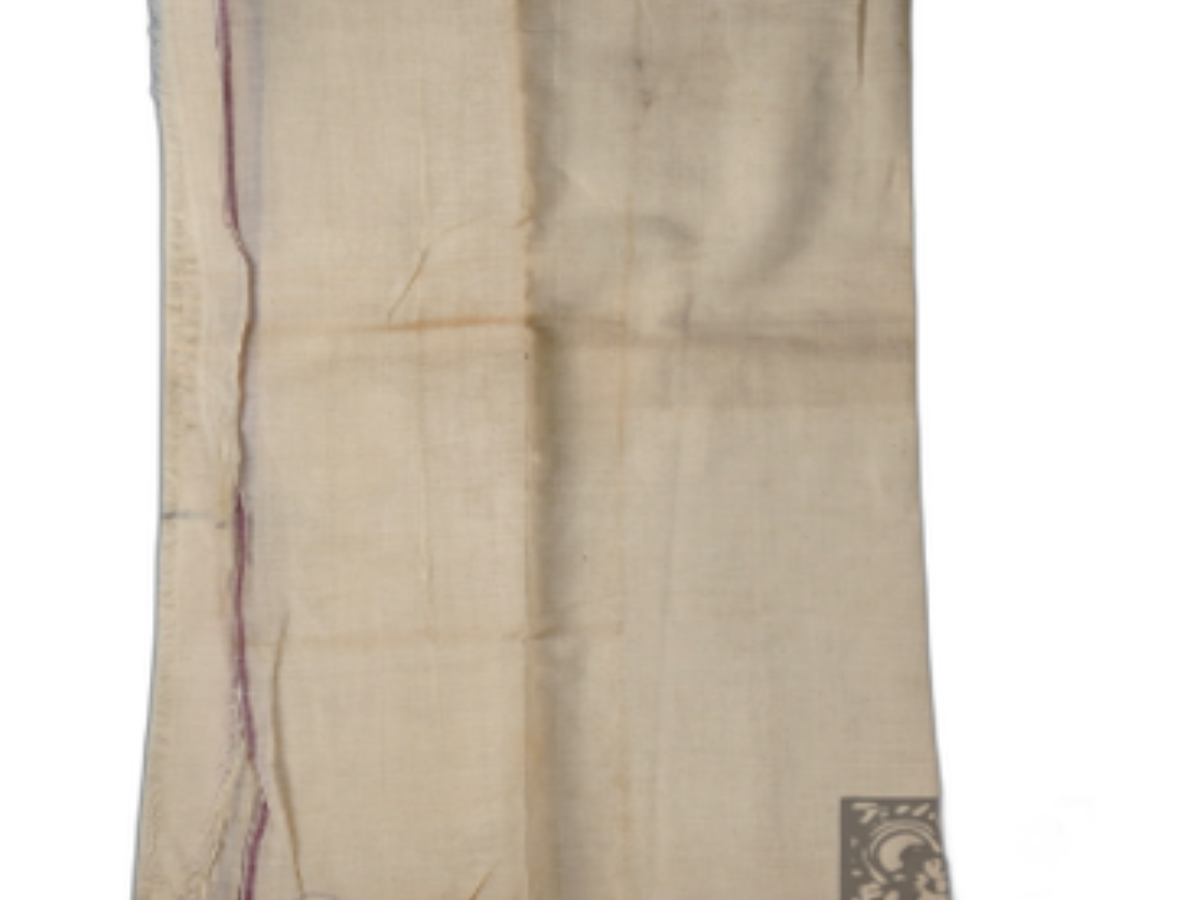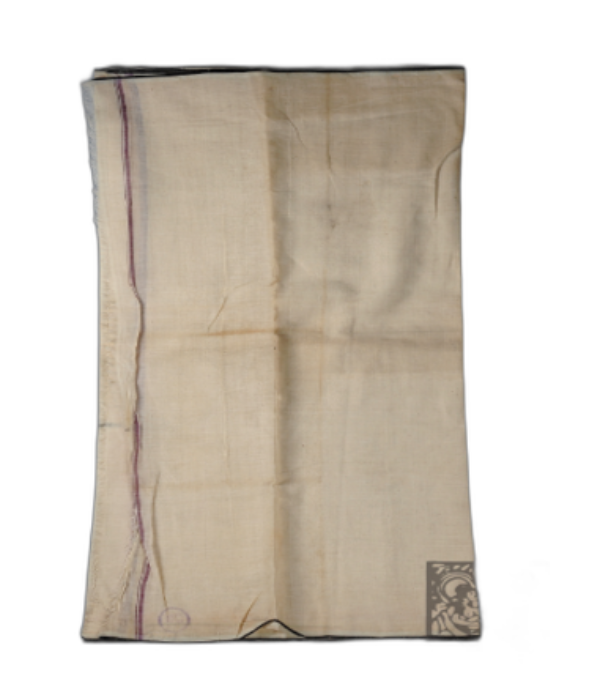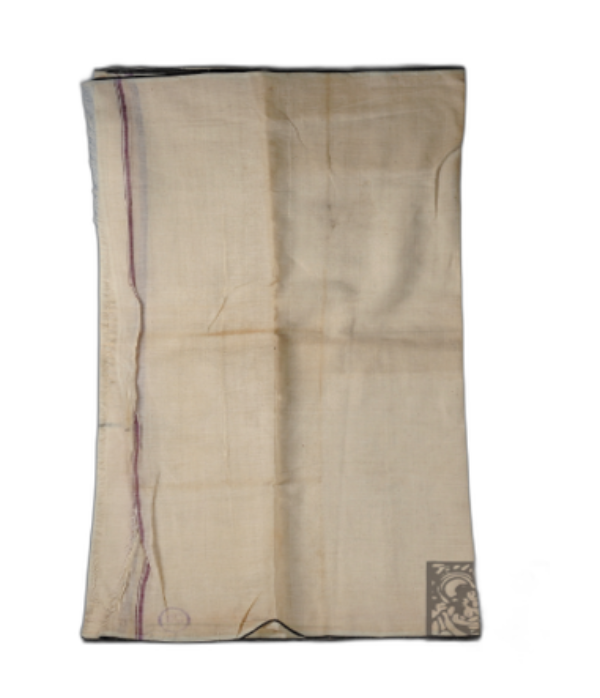State
Tribe Name
Art Type
short description
The Santhal tribe is one of the biggest tribal populations within India that possesses a good stream of cultural heritage and accepted weaving habits. One of their traditionally well-woven textiles is a simple plain-weave lepth, which is a form of dhoti that has a variety of woven black selvedge and border. The lepth represents a cultural value that is characterized by the Santhal weaving tradition and skill.Handlooms made this particular dhoti of cotton fabric. It breathes comfort and movement; it has been a preferred garment for daily utilization and cultural ceremonies. The black selvedge and border constitute a fine contrast with the otherwise plain woven fabric, a typical bold statement of minimalism and refinement typical of the Santhal tribe. Primarily worn by men, this piece of clothing has an intrinsic cultural significance regarding its usage at religious rituals, festivals, and family gatherings.
Thumbnail

Filter Postion
Left
Filter Background
Off
Theme
Filter Header Image

content
Image

description
The Santhal tribe is one of the biggest tribal populations within India that possesses a good stream of cultural heritage and accepted weaving habits. One of their traditionally well-woven textiles is a simple plain-weave lepth, which is a form of dhoti that has a variety of woven black selvedge and border. The lepth represents a cultural value that is characterized by the Santhal weaving tradition and skill.Handlooms made this particular dhoti of cotton fabric. It breathes comfort and movement; it has been a preferred garment for daily utilization and cultural ceremonies. The black selvedge and border constitute a fine contrast with the otherwise plain woven fabric, a typical bold statement of minimalism and refinement typical of the Santhal tribe. Primarily worn by men, this piece of clothing has an intrinsic cultural significance regarding its usage at religious rituals, festivals, and family gatherings.
The weaving of such dhotis, age-old, has been developed over generations. It is a sleek fabric yet very light, breathable, and perfectly environmental to the states where the Santhals reside-Jharkhand, West Bengal, Bihar, and Odisha. This woven dhoti is representing the eternal textile tradition of Santhals as well as an association with indigenous craftsmanship. This is not only a piece of clothing but also cultural identity, simplicity, and a timeless heritage.
The weaving of such dhotis, age-old, has been developed over generations. It is a sleek fabric yet very light, breathable, and perfectly environmental to the states where the Santhals reside-Jharkhand, West Bengal, Bihar, and Odisha. This woven dhoti is representing the eternal textile tradition of Santhals as well as an association with indigenous craftsmanship. This is not only a piece of clothing but also cultural identity, simplicity, and a timeless heritage.
Image Mode
landscape
promoted
On
Verified
Off
